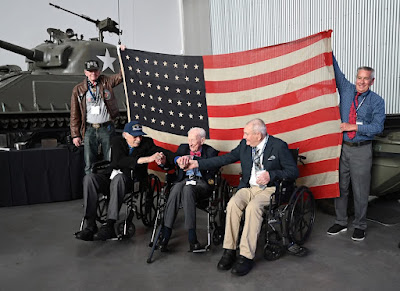Prompts for the Lit Cleveland Fall Festival Audience:
1. A
sense of your childhood
Draw a picture of
a place from your childhood. (If you have crayons around, use those, and use
periwinkle and sea green liberally, along with any other favorite crayon colors,
unless you are younger than I, and then use markers in pathetically fewer
colors.)
Draft a poem about
a regular event that took place there. In revision, focus on at least one of
your five senses in the moment.
At the end of your
poem, quote something an adult said or did OR say something you as a child
didn’t say at the time and are saying now.
See Diane Kendig, “Reedurban, Ohio”
https://aboutplacejournal.org/issues/rust-belt-tales/growth-and-some-death/diane-kendig/
See also Elizabeth Biller Chapman, “On the
Screened Porch”
https://www.poetryfoundation.org/poetrymagazine/browse?volume=178&issue=4&page=24
2. Mashup
Write about a sacrament in the religious
sense (baptism, marriage, anointing the sick, confirmation, communion) or the
personal sense (marriage, divorce) as an episode of a reality show you have
seen. Use the format of the show as the format of your poem
OR
Draft a poem that combines lines from a famous classical poet with contemporary
slang. (My favorite these days is from a black out poem from Shakespeare:
Shall I compare thee to a summer’s day/Thou
art…/hot.”
Based on Diane Kendig, “Epithalamion.” and
“Next on Dateline: At the Swan and Hoop”(p10):
https://www.thebrokencitymag.com/archive.htm
(Click on “The Silver Screen” for pdf)
3. Call
and Response, Listing
Choose a color and research it, listing its
features, pronunciation, literary associations, any associations, personal
associations. Try a color weirder than Lynn’s and mine. Try mauve, for example.
Then, try organizing your lists somehow, anyhow: by stanzas or as a shaped poem.
Find a title. Find an end line.
See Lynn Powell, “Kinda Blue”
https://www.poetryfoundation.org/poetrymagazine/poems/42180/kind-of-blue
And Diane Kendig’s rip-off, “Green, I Want
You Green”
https://redwolfjournal.wordpress.com/2025/07/29/green-i-want-you-green-by-diane-kendig/
OR
Choose a poem by a contemporary poet and respond to the poet with a list,
a poetic list. It may be why you agree with the poet. Or why you disagree. Or
what you are adding to what they have to say.
Diane Kendig, “Des” in Comstock Review
ALSO, CHECK
OUT “Read + Write: 30 Days of POETRY”
https://cuyahogalibrary.org/blog/poetry























.jpg)






















